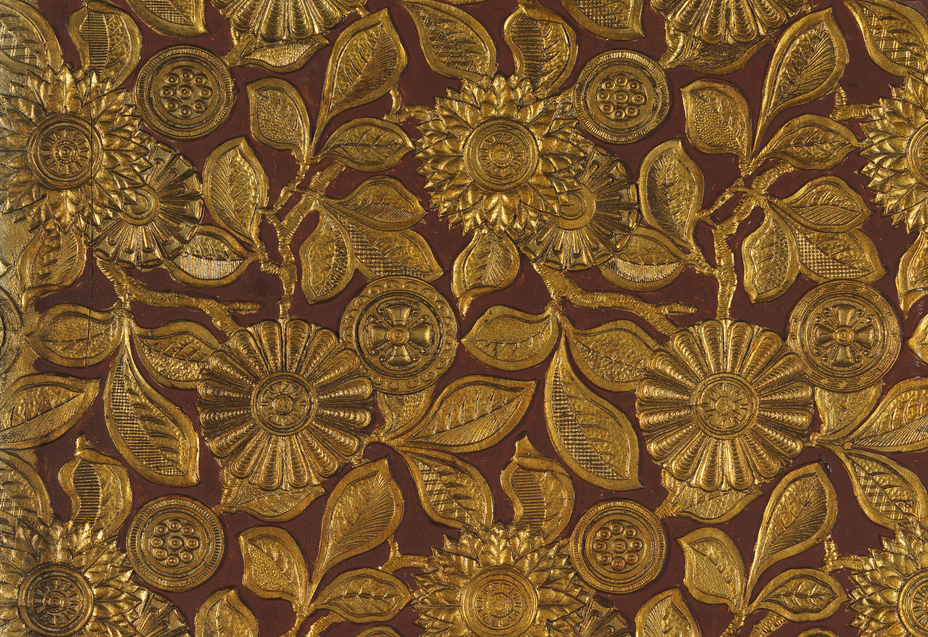
"Hard-wearing inventions of the 19th century, Lincrusta and Anaglypta could be made to resemble leather, plaster, and other materials. Home decoration was all the rage in the late 19th century. With the Industrial Revolution in England and America in full swing, a growing middle class on both sides of the Atlantic had spending money and wanted to have the look of the expensive decor of the rich, as seen in shops and described in newspapers and magazines."
"Advances in manufacturing technology made mass production possible and affordable. Most may not have been able to afford the best, but they could now buy lesser priced goods made to resemble those items. Silverplate instead of sterling silver, mass produced furniture instead of bespoke pieces, and affordable dishware patterned after expensive fine porcelain. Both kinds of goods were often produced by the same companies."
"Wall coverings were also manufactured to appeal to this new demographic. Prior to the 19th century, fabric was adhered to walls as an expression of decorative elegance. Embossed leather was also popular in wealthy circles, especially in more masculine rooms such as a man's study. But both fabric and leather were very expensive, even for those with money. Block printed wallpaper followed, with many designs inspired by Chinese patterns of flowers and birds."
Industrial-era advances enabled mass-produced decorative goods that allowed a growing middle class to emulate wealthy interiors. Manufacturers produced affordable alternatives such as silverplate, mass-produced furniture, and patterned dishware resembling fine porcelain. Wall coverings evolved from expensive fabrics and embossed leather favored by the wealthy to block-printed and machine-printed papers. Machine printing used ink-fed rollers and steam-powered presses to produce wallpaper in large quantities, dramatically lowering costs and widening access. Lincrusta and Anaglypta emerged as hard-wearing embossed coverings that could mimic leather, plaster, and other expensive materials, meeting demand for fashionable yet affordable home decoration.
Read at Brownstoner
Unable to calculate read time
Collection
[
|
...
]